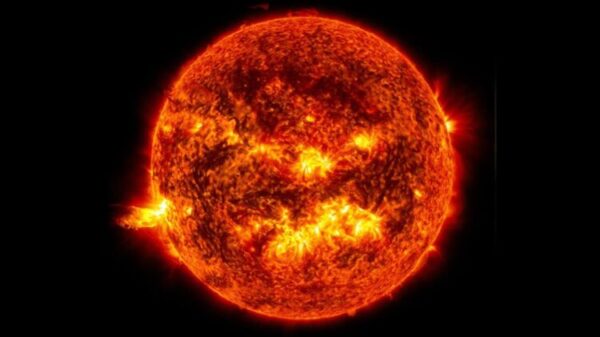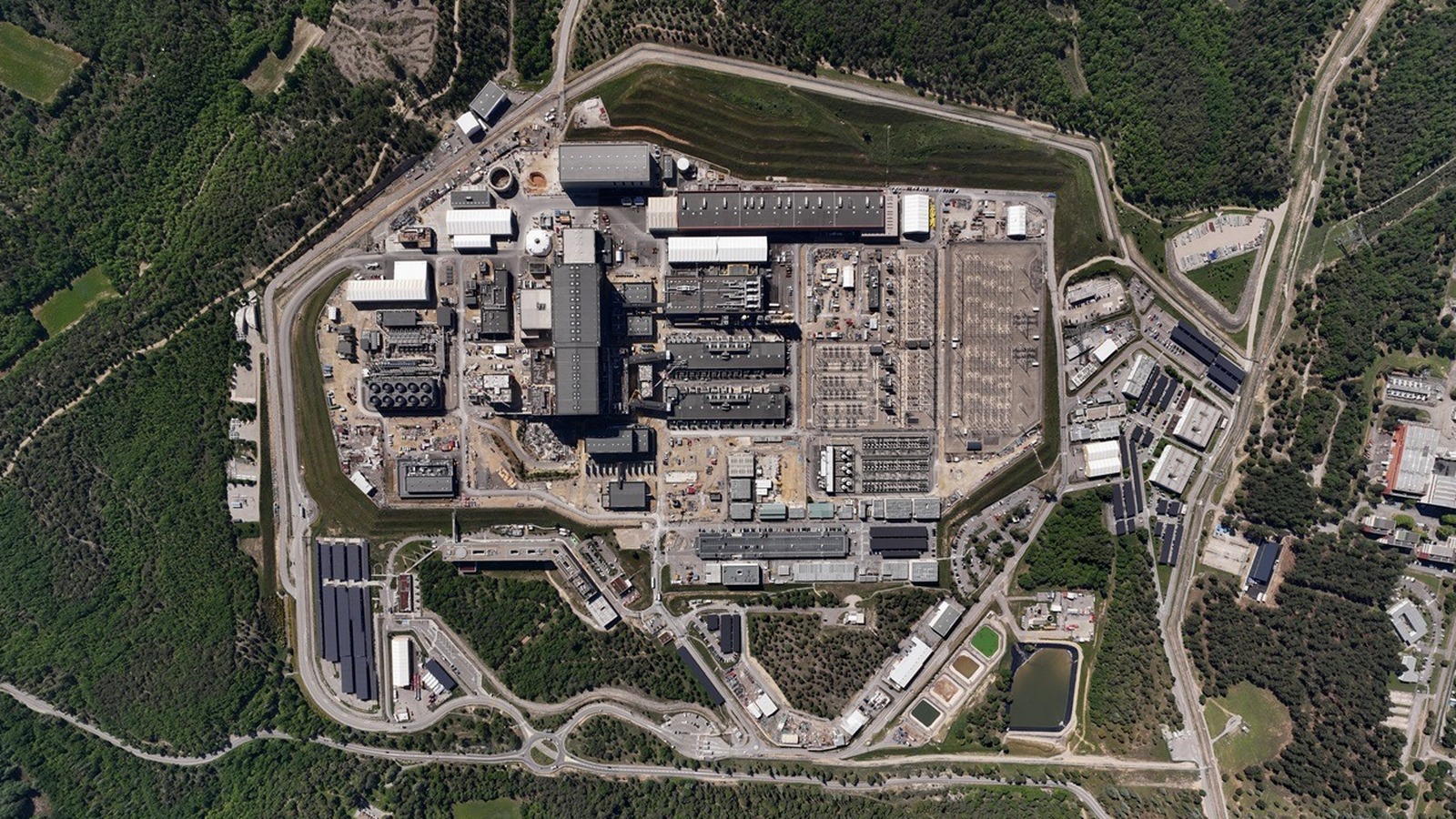The International Thermonuclear Experimental Reactor (ITER) project in southern France has officially entered a crucial phase in its construction. This ambitious initiative aims to replicate the nuclear fusion process that powers the sun, a feat that could transform global energy production. As scientists work towards achieving this goal, they are focused on building an artificial sun on Earth, utilizing fusion to produce a clean energy source.
The project involves heating hydrogen isotopes, specifically deuterium and tritium, within a specially designed vacuum vessel known as a tokamak. This chamber is engineered to contain plasma heated to an astonishing 150 million degrees Celsius. If successful, ITER could generate energy approximately four million times greater than that produced by burning coal, using fuel that can be sourced from seawater.
As part of the current construction phase, the final assembly of the reactor core has commenced. The contract for this monumental task was awarded to the American company Westinghouse Electric Company for approximately $180 million. Engineers are tasked with welding together nine massive steel sectors, each weighing around 400 tons. Precision is paramount, as alignment for certain components must maintain a maximum variance of just 0.25 mm.
The reactor core, once assembled, will form the tokamak, which must withstand extreme heat while containing the plasma long enough for nuclear fusion to occur. To achieve this, scientists are also constructing an “invisible shield” comprising a 3,000-ton magnet system. Central to this system is the Central Solenoid, a 60-foot stack of superconducting magnets, whose final component was completed in April 2023. This powerful magnet generates a magnetic field approximately 280,000 times stronger than Earth’s, enabling it to manage the plasma within the tokamak effectively.
While the reactor vessel’s construction progresses, other critical components are also nearing completion. On October 2, 2025, Mitsubishi Heavy Industries and Japan’s National Institutes for Quantum Science and Technology announced the successful completion of the first Outer Vertical Target (OVT) for the divertor. This apparatus acts as an exhaust system, removing impurities such as helium ash and unburnt fuel from the plasma, which is essential for maintaining a stable fusion reaction. The divertor must withstand extreme conditions, with heat loads peaking at 20 megawatts per square meter, necessitating the use of materials like tungsten, known for its high melting point.
ITER’s scale distinguishes it from other nuclear fusion projects. In February 2025, the country set a world record with its WEST program, but ITER plans to operate with a plasma volume five times larger than any current machine. The project’s journey has not been without its challenges. Launched in 1985, construction only began in 2010, and the budget has escalated from an initial $6 billion to over $20 billion. Delays have arisen from various factors, including the COVID-19 pandemic and compatibility issues with international components, with the start of deuterium-tritium operation now projected for 2039.
Despite the hurdles, ITER represents a collaborative effort among 33 nations, including some with competing interests, united by the shared goal of advancing nuclear energy. This initiative not only highlights the potential of fusion energy but also reflects a renewed interest in nuclear power on a global scale.



































































